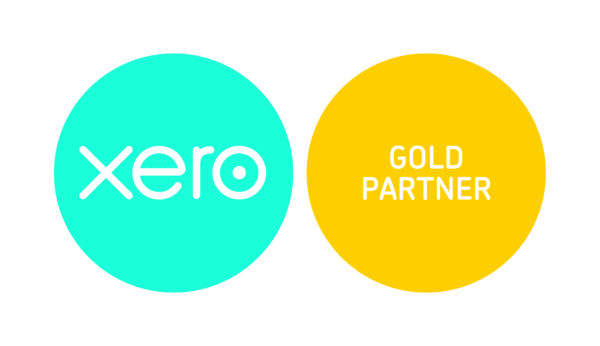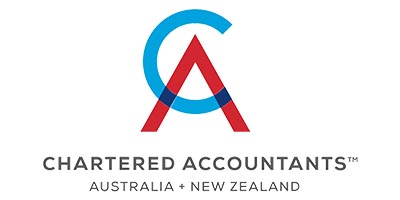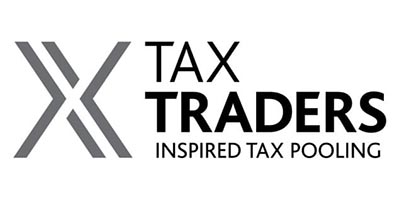Currently there are 4 options of calculating provisional tax. (Not sure what provisional tax is? Read our blog Provisional Tax here). The 4 options are briefly explained below.
Standard Option
This is the default option for provisional tax. You can change to one of the other options by notifying IRD. Note: you can change from the standard option to estimation option or the accounting income method at any time during to the year however, you cannot change to the ratio option till the end of the financial year.
The standard option calculates your provisional tax based on the previous years residual income tax (RIT). Under this option your provisional tax is the previous years RIT + 5%. For example, if your last year’s RIT was $10,000, the provisional tax you need to pay this year will be: $10,000 + 5% = $10,500. This will need to be paid in 3 equal instalments of $$3,500.
If you have an extension of time, to file your tax return which will be the case for most of Elite Accounting clients, then your first provisional tax payment might be due before your returns are done. In this case the provisional tax is calculated based on the last filed return plus 10%.
Estimation Option
As the name says, using this option you have to estimate what you think your provisional tax will be. This option might suit a business whose yearly income is not stable or if you think your income will increase or decrease substantially over the next financial year.
When using this option, you can change your estimate as many times as you like up until the final instalment date. The risk with using this option is that if you underestimate your provisional tax you would be charged interest on the underestimated amount and might be penalized by the IRD as well.
Accounting Income Method (AIM)
This method of calculating provisional tax was adopted by the IRD in 2018 and is available to small businesses that have turnover of less than $5 million a year. AIM utilizes functionality included in approved accounting software programs to work out provisional tax payments.
Using accounting software, businesses file a statement of activity in line with their GST due dates. The statement of activity shows how each payment of provisional tax was calculated and it takes into account the income and related expenses of the business. Since AIM uses up to date information in calculating payments you only have to pay provisional tax when the business is making a profit.
Read more about AIM in our blog Accounting Income Method (AIM) for Provisional Tax
Ratio Option
The ratio option of calculating provisional tax is only available to businesses which are registered for GST on a monthly or 2 monthly basis, and have been registered for GST for the whole of the previous tax year and part of the tax year before that. If you want to use this option, you have to opt in at the beginning of the financial year.
Your RIT and GST taxable supplies from the previous year are used to determine ratio which is applied to the ratio calculation. Six provisional tax payments are required using this option and these are calculated based on your taxable supplies from the current 2 Monthly GST and the ratio calculated.

Summary
All 4 options will be beneficial to different types of business. Get advice on the option best suited to your organization as payment amounts can differ significantly between the options and some options penalize you for getting it incorrect.







